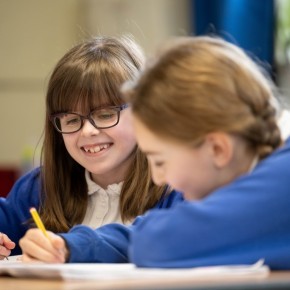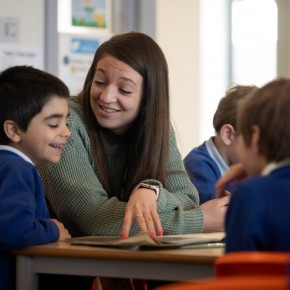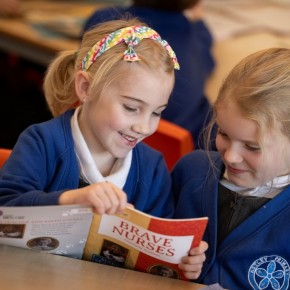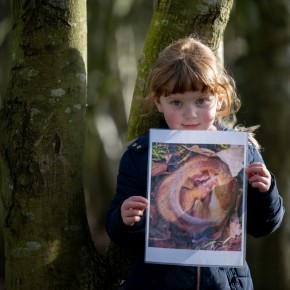ACE Art Focus Day

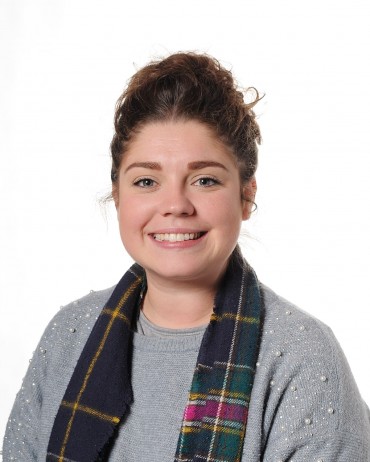
Astley's current Year 6 teacher and Curriculum Lead for Art and Computing, we caught up with Miss Le Rose and put her and Art Focus Day under the ACE Spotlight!
Tell us how long have you been teaching and what was your route into teaching?
I have been teaching in the UK for about 6 years now, but before this I taught in China for 3 years, and I also have experience as a volunteer worker in a nursery school. My route into teaching was a little different – I actually didn’t take the usual college and university route, but instead did my degree as I travelled around the world! Then I enjoyed teaching so much that I returned to the UK to complete my PGCE!
You are currently Subject Lead for Art and Computing. Please tell us what experience you bring to your Art Subject Lead role in particular and did you enjoy Art when you were at school?
I LOVED Art at school and I would practice at home to perfect my techniques and understand how to sketch exactly what I saw. Art has always been a huge passion and something I very much enjoy doing. I went on a painting course which helped me realise that once you understand the basics, you can apply them to anything you want to! I’ve been involved in several exhibitions in Norfolk too!
My favourite thing about Art is that it is subjective. Anything can be Art because it relies on the opinion of the artist and viewers. For example, some people (such as the artist Michael Craig-Martin) might believe a glass of water on a shelf is art, and others might be drawn to a beautiful Da Vinci painting from the Renaissance. There is no right or wrong, and that makes Art such a special subject!
Do you have a favourite artist or favourite work of art?
I have so many favourites, but one that always sticks in my mind is a piece by Salvador Dali called ‘Mountain Lake’ ‘Mountain Lake’, Salvador Dalí, 1938 | Tate. It is a bit of an optical illusion - if you look closely, at first it is an image of a phone and a lake. The disconnected telephone refers to talks between Neville Chamberlain, the British Prime Minister, and Hitler at the time of painting, on the cusp of WWII, but the illusion happens when you look again and you can see a fish on a chopping board being sliced with a cheese wire.
What can parents and carers expect their children to learn in Art lessons as they move through the Astley year groups?
Although Art is subjective, ACE Astley Artists need to understand how to use tools and materials such as clay, paint, charcoal, pencil, etc. in different ways and to explore skills in drawing, painting and sculpture using different techniques like pattern, shape, texture, line, form and space. They need to appreciate and analyse their own work and experience and think critically about a wide variety of art by other Artists too. These things then enable our ACE Astley Artists to develop their own ACE Artistic skills and voice!
Why is art important as a subject and in what ways does creativity and expression through art help pupils learn and engage other curriculum subjects?
Art is an important subject because it allows children to freely express themselves without fear of ‘getting it wrong’ and enables them to think deeply whilst improving their inference skills through discussions of meaning and interpretation. Art incorporates all ACE subjects – in Sharks we have been discussing how Art uses Maths in the proportion of portraits, but connections extend to all areas of learning, for example, Geography and landscapes, Reading and inference skills, History and society (Just like Dali and his WWII based painting!), Science and understanding materials…. the list goes on!
Are there elements of the Art Curriculum that you think relate to the work of Astley's Pastoral Support Team?
Because Art is an expressive subject, it is a great tool for getting children to discuss and identify how they may be feeling or expressing feelings that may be tricky to navigate, or even as a way to maintain their wellbeing or sense of calm.
Tell us about ways in which art ties in with the work pupils engage with in Forest schools?
Throughout history, nature has always been one of the biggest inspirations for artwork! Many artists use found objects to create their artwork, for example Frank Bowling Frank Bowling – Exhibition at Tate Britain | Tate, uses leaves and twigs that he found outside in many of his works and also uses paint to create shapes such as local rivers and John Constable ‘Yarmouth Jetty’, John Constable, after 1823 | Tate used Norfolk as inspiration for many of his landscapes! Being out in nature is a great way to be inspired and create art based on the world around you.
What can Astley pupils look forward to on Ace Art Focus Day and how can parents and carers encourage an interest in art and creativity at home?
We are so lucky this year as ACE Art Focus Day is happening the day before Guy Fawkes Night… so you might be able to guess the theme! We are planning an exhibition of the work we create, which families will be able to view during the VIP Breakfast morning and after school ON actual Guy Fawkes Day!
What art resources do Astley pupils have access to and what would you like to see available to them in future?
ACE Astley Artists have access to lots of different materials and we have our own clay kiln, which is AMAZING! We have recently purchased some hinged screen-printing tools too. In future, it would be great to build our resources for lino printing and forge links with other schools, local artists and galleries.
What is your vision for Art at Astley?
I hope that Art at Astley will inspire pupils to be creative using different artistic skills, materials and techniques and that we can explore, make and think critically about different styles of Art and understand how great Artists have changed history!
Thank you, Miss Le Rose, for being picture perfect in our ACE Art Spotlight!
Here's what Astley's ACE Roving Reporters told us about what they saw on ACE Art Focus Day!
India: Elijah Read in Year 2 told me he usually likes painting and using oils pastels. On ACE Art Focus Day he has been enjoying painting fireworks. Ethan Curtis in Turtles Class told us he has been learning about and creating artwork inspired by Vincent Van Gogh. Effie Newstead in Year 6 has told us she likes to make abstract art using pencils. She has been learning about Juan Miro today whilst creating her firework picture.
Riley: I have observed some great artwork today! Ryan Rix in Year 5 said he has been enjoying designing pictures of fireworks. Reece McInally in Year 4 told me he has been paining scenes of London and drawing Big Ben. Evie Lovick in year 2 told me she loves painting and drawing and has been writing about Alice Pattullo and doing potato prints.
Thank you, ACE Roving Reporters!
India Dagless and Riley Lovick Year 6
